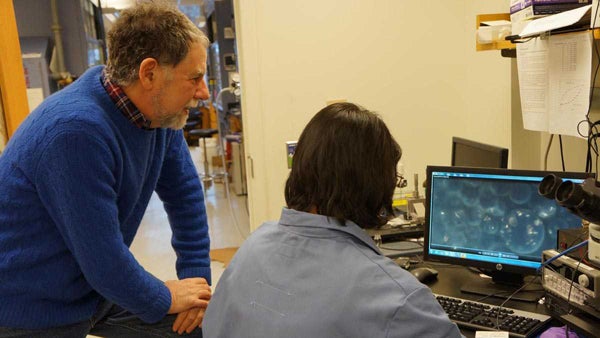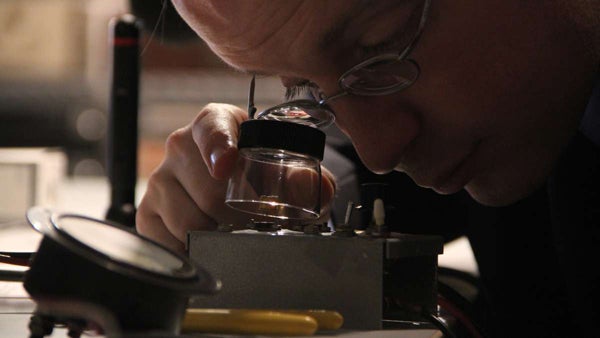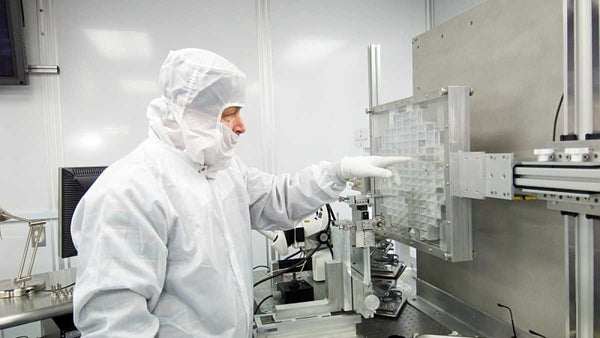The Pulse: Because science is all around us, and man is it cool

WHYY’s The Pulse celebrates its first birthday this week, in a celebration topped off by a live broadcast on Thursday. On Friday at noon, join a live Twitter chat with members of The Pulse taking your questions and comments on a year of stories about health, science and innovation. RSVP for the live event here. Join the Twitter chat at noon on Friday, Dec. 5, by using #PulseChat.
All week on NewsWorks, we’re taking a look back at the best of the first year of The Pulse. From microscopic human cells to “space dust,” science touches every aspect of our lives. From the jury box to the LED lights in our living room, The Pulse takes you on a journey through stories that left us in awe of the wonder of it all.

1. Penn State nanomotor breakthrough brings hope for treating illness through engines in human cells
Scientists at Pennsylvania State University and colleagues have built tiny motors, or nanomotors, that operate inside living human cells.
To understand the technology, you have to completely throw out the notion that a motor is a loud, hulking thing. Instead, think of the stripped down, basic definition. A ‘motor’ is any machine that produces motion in something else.

2. Neuroscience helps lawyers refine approach to winning over juries
Presenting a case to a jury in a convincing fashion is obviously a big part of a lawyer’s job – and some are enlisting the help of neuroscience to do this work better.
Kellie Janke, a litigation consultant with Magna Legal Services in Philadelphia, uses her background in neuroscience and psychology to help her clients target specific areas of jurors’ brains.

3. The blue LED’s Nobel-worthy lineage traces through N.J.
The 2014 prize is being shared by three Japanese-born researchers for their work commercializing the blue LED. The Academy marveled at the strides made in the past two decades.
The blue LED story, though, goes back a little deeper, to the campus of the College of New Jersey.

4. Dust particles retrieved from space could provide clues about the origins of our solar system
Scientists think they’ve collected and identified seven space dust particles so small, a needle in a haystack doesn’t even begin to describe it.
The announcement earlier this year that the specks had been identified is a story 15 years in the making, beginning with the 1999 launch of the unmanned Stardust spacecraft from Cape Canaveral. After a year of travel, Stardust arrived at its destination beyond the orbit of Mars, where its robotic arm extended a tennis racket-shaped collector unit into the interstellar dust stream.
WHYY is your source for fact-based, in-depth journalism and information. As a nonprofit organization, we rely on financial support from readers like you. Please give today.



